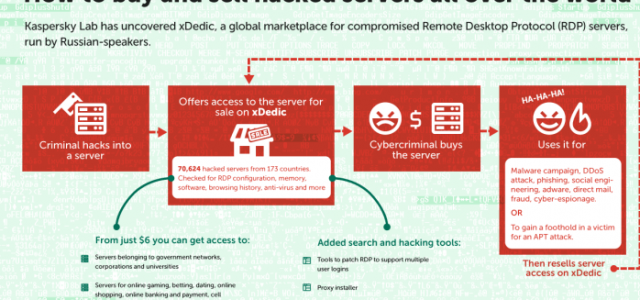Predictive analytics software nowadays is the seasoning that every organization looks forward to adding to the cauldron of BI systems in an attempt to capitalize on the market that’s fast recovering. There is, in fact, a scuttle to jump on the bandwagon of analytics and gain competitive advantage.
However, in doing so, organizations fail to notice potential telltale signs that could lead to a disaster. Here are four early signals, which show that your implementation of predictive analytics software may derail:
1) Predictive analytics software initiatives cannot be IT focused: In an attempt to appear analytics savvy, companies appear eager to get analytics solutions delivered quickly. However, when this happens, the IT becomes the driver of the predictive analytics software initiatives. Therefore, even before a business problem is identified, teams end up fussing about the tools and technology. This is, however, an early sign of failure. Ideally, technology comes at the very end of the planning. To say it colloquially, you don’t need a 10-pound sledge hammer to put a nail on the wall.
The first step in any predictive analytics software project is to identify the business problem: ‘What do we want to achieve from this project?’ Tools and technology could come later. Once your project is driven by the business teams, you can tackle other challenges finally. As a thumb rule, always start by recognizing and exploring real business problems.
2) Complete, clean data is sovereign: Essentially, business subject matter experts from client organization will help identify right data elements required for predictive analytics software. BI professionals agree that almost 50% of time is spent on analyzing and exploring the data, before it is ready for analytics. If this data is not properly cleansed or massaged for further use, then it will give inappropriate results. Do not, therefore, hurry in creating statistical models. First, analyze the data to avoid wrong decisions. Remember, the principal of ‘garbage in garbage out’.
3) A predictive analytics software needs seasoned BI professionals: As yet, most organizations are in their stage of infancy in the use of predictive analytics software and techniques. Many BI users, therefore, need time for research and experimentation. In fact, do not take charge of a predictive analytics software initiative when not equipped to handle the complexity and sophistication of the statistical model building process. Essentially, if the right techniques are not used for model building with right statisticians/mathematicians in the team, then the results generated will be unreliable.
As Jim Collins mentions in his bestseller book, Good to Great, first get the right people in the right spot, then decide where to go.
4) Not so technology-savvy senior management left in the lurch: Another area of pitfall to look out for is the articulation of the results in easy-to-understand manner to the senior management. It’s likely that they may not be technical savvy; therefore, it is extremely important to communicate the predictive analytics software results in terms which they can comprehend. Today, lots of visualization tools are available in the market that help in showing the data in intense graphical format and are very easy to digest.
Predictive analytics software is, ideally, utilized for better insights about what is going to happen and what can be done to make the best of the situation. In order to have a smooth predicative analytics ride, it’s essential to steer clear of these potholes.
Article by channel:
Everything you need to know about Digital Transformation
The best articles, news and events direct to your inbox
Read more articles tagged: Featured, Predictive Analytics






